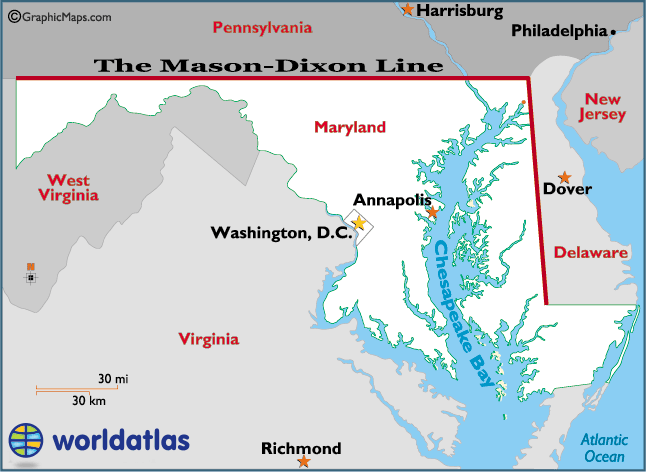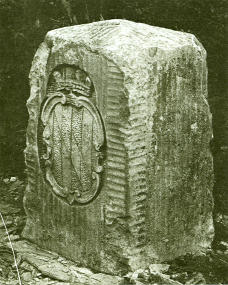The Dead-Ball Era's official beginning and ending dates aren't completely agreed upon, but most will agree that the period between 1900 and 1920 is for sure part of the era. What made this era unique is the low amount of hitting that occurred. The emphasis in baseball was 'small ball' or not power hitting. For example, there was emphasis on steals and the hit-and-run.
It was during this period when you would see things that you would never see today. In 13 times during this era, the league leader in home runs had less than 10 for the season. On the other hand, there were 20 times when the league leader in triples was 20 or more. Two of baseball's most unbreakable records were set during this time: Owen "Chief" Wilson's 36 triple season in 1912, and Sam Crawford's career 309 triples. The average league BA (batting average) was as low as .239 in some seasons (1907-08), and the average ERA (earned run average) was at times under 2.40 (1907-08). In 1908, the White Sox had only 3 home runs for the entire season, but they finished 1 1/2 games out of first with a record of 88-64. After numerous complaints, the cork-centered ball was introduced in 1910, and the league BA jumped dramatically to.273 by 1912. The only exceptions to this era's low hitting were Ty Cobb and "Shoeless" Joe Jackson, both of whom had over a .400 BA in 1911 (and Cobb again had one in 1912), making these the only over .400 BA seasons from 1902-19. By 1913, the pitchers adapted and again the BA dropped across the league. It's during this era when we see odd things like Frank Baker who was nicknamed "Home Run" Baker because he hit two home runs in the 1911 World Series, and even though he led the league in home runs from 1911-14, his season high was only 12 (1913), and he finished his career with only 96.
So, what made it so low-scoring, and how did it change? There are many answers, and the truth is most likely a combination of them all.
- Introduction of the foul-strike rule: The NL adopted a rule in 1901 (the AL did so in 1903) that made a foul ball count as a strike unless you have two strikes on you already (the exception being a bunt). Before then, a foul didn't count against you in any way. This rule still exists today.
- Ballpark dimensions: The ballparks were huge back then. The Boston Red Sox played at the Huntington Avenue Grounds, and it was 635 feet to center field. The Chicago Cubs played at the West Side Grounds, and it 560 field to center field. Even the Polo Grounds (which housed several teams) which boasted close corners (left field distance of only 279 feet, and right field distance of 258 feet) had a center field distance of 483 feet.
- The use of the ball: It was common for a ball to be left in play for over 100 pitches, or until the ball started to unravel. The longer the ball was in use, the softer it became, which made it harder to hit for power. Also, balls hit out of play had to be returned to the field of play.
- The spitball: Around 1913, Russ Ford discovered that if you scuffed the ball, it would do some dramatic things when pitched. Add in some dirt, spit, tobacco juice, and you have the spitball. Not only would the ball change direction much more dramatically, it was also hard to see. Pitchers used this pitch to great effect for the last part of the Dead-Ball Era.
- More balls per game: After the 1920 season, a rule was enacted that when a ball became dirty that a new ball be used.
- The spitball banned: In 1920 the spitball was outlawed. The MLB did realize that some pitchers made their careers using it, so 17 pitchers were allowed to throw it for the rest of their career; the last pitcher to do it legally in the MLB was Burleigh Grimes in 1934.
- Game-winning home runs: In 1920, a rule was enacted that when a walk-off home run occurred, then the stat counted whether the runs were all needed or not. Before this, if you were tied and had a man on first and you hit a home run, then you would get credit for the RBI and not the Home Run or the second RBI.
- The fair-foul pole: Also in 1920 a rule was created so that if you hit a home run that was fair when it went over the fence but "curved" around the foul pole and landed on the foul side then it was still a home run. Before, your home run had to land in the fair part of area past the fence.
- Stats in protested games: And also in 1920 a rule was created so that games played under protest would have their stats added to the books. In the previous decade, games played under protest had their stats not counted.
- Babe Ruth: In 1919, Babe Ruth hit a league record of 29 home runs; in 1920, it was 54; in 1921, it was 59. His approach to hitting changed some other's mentality of how to hit. Before, the goal was to get on base or move the runner, so you wanted to angle your bat down. Ruth hit the balls with an upper switch which would lift the balls. If done with power behind the swing, then the balls would go out and be a home run. His approach was to hit a home run as opposed to just the old small-ball mentality.



